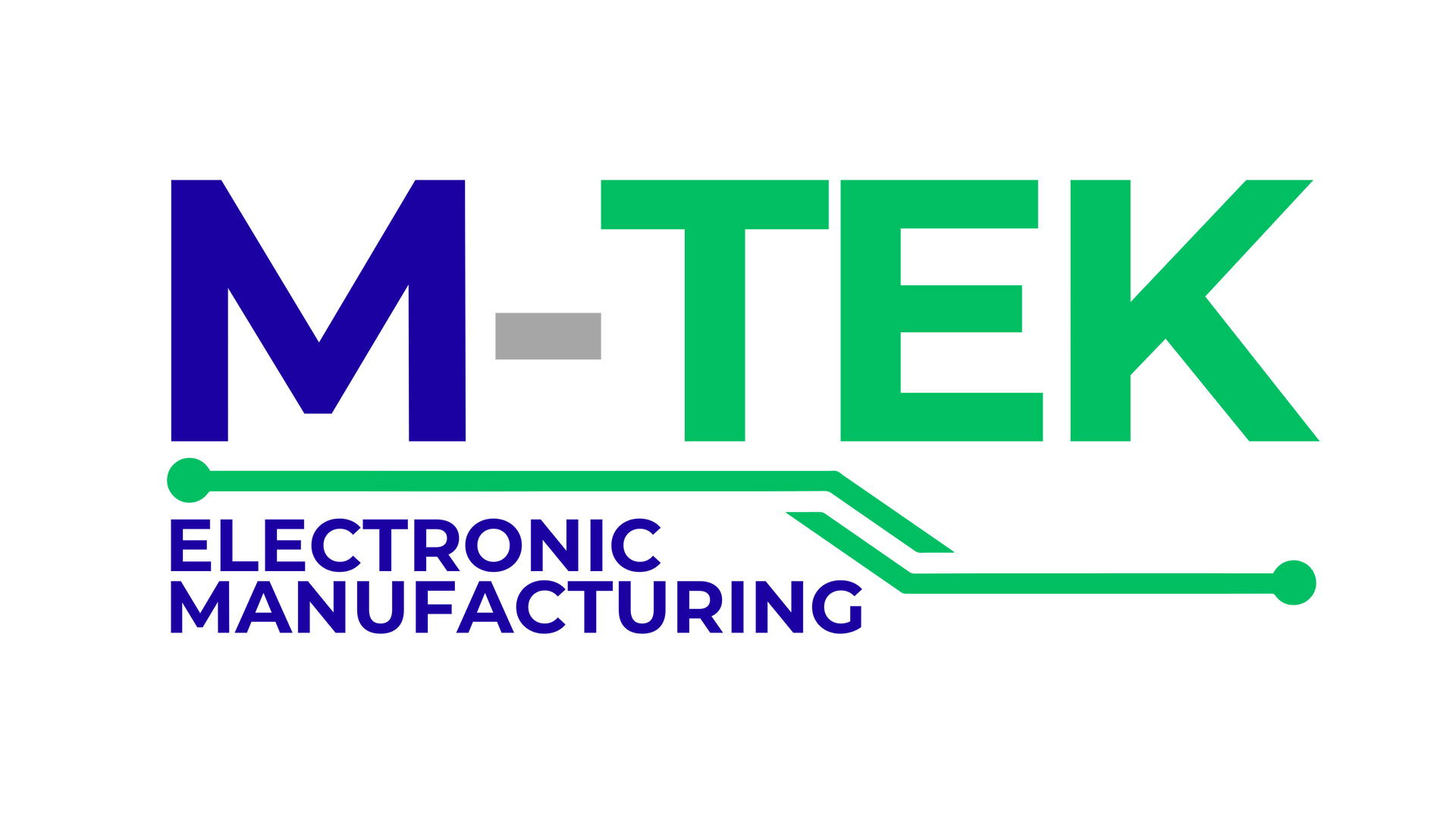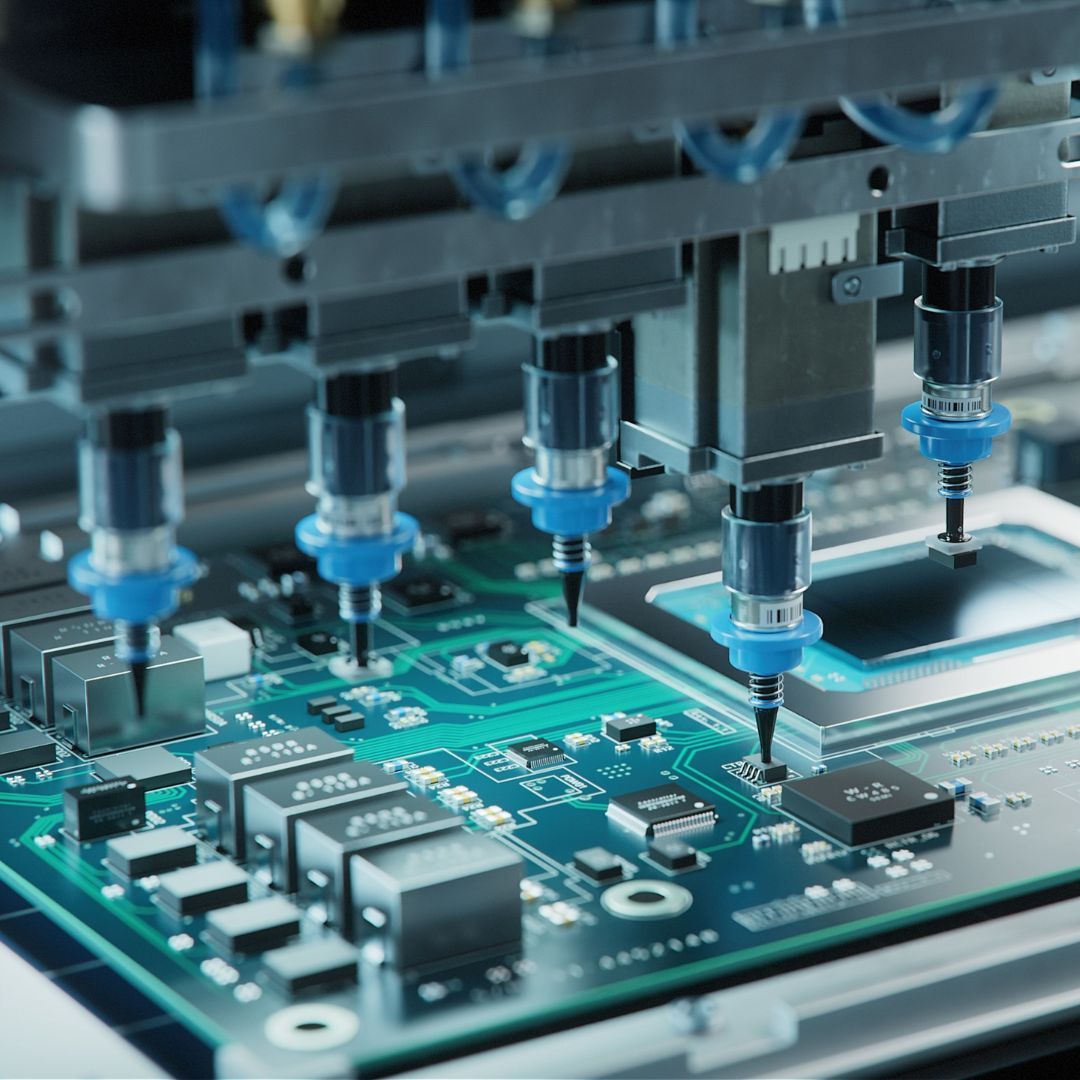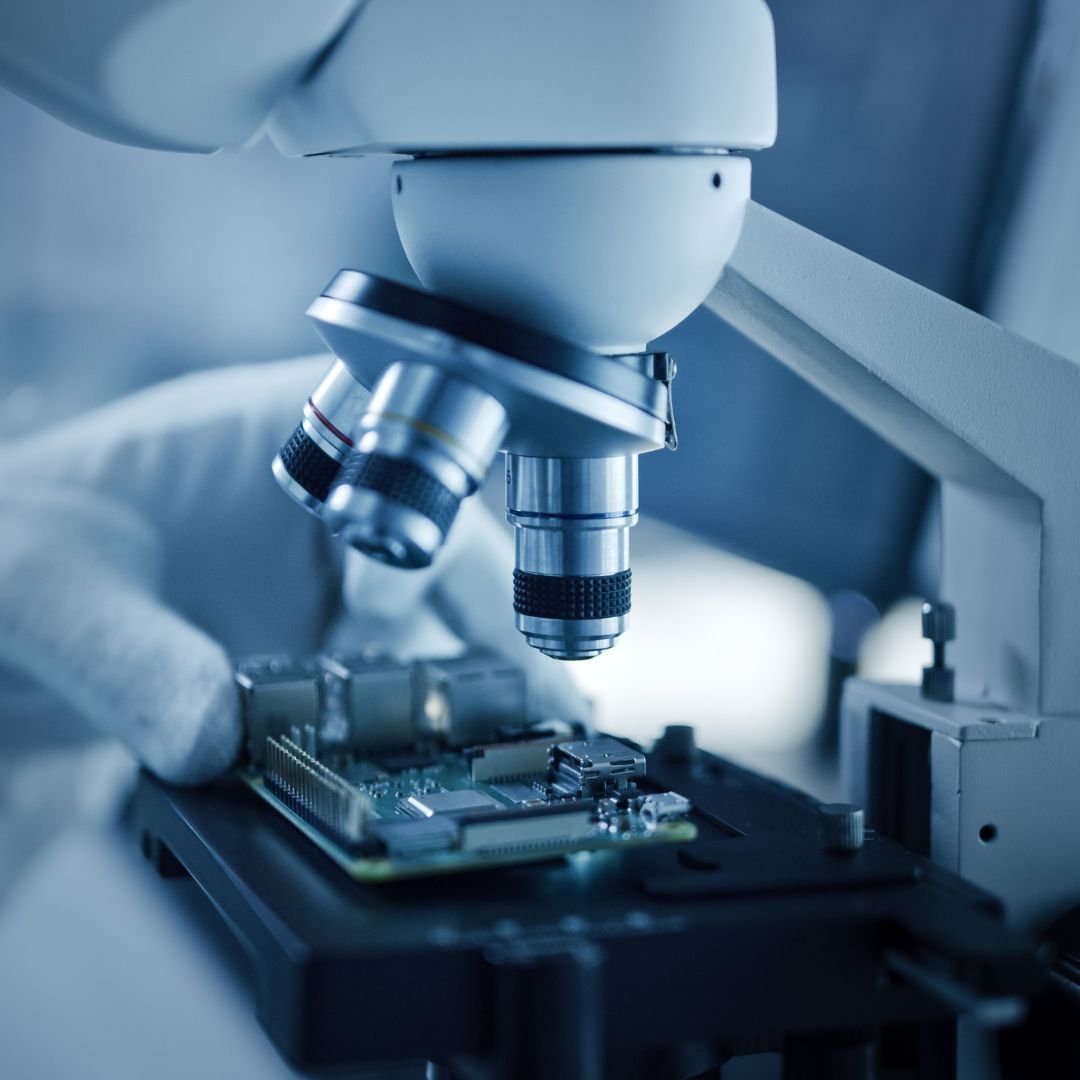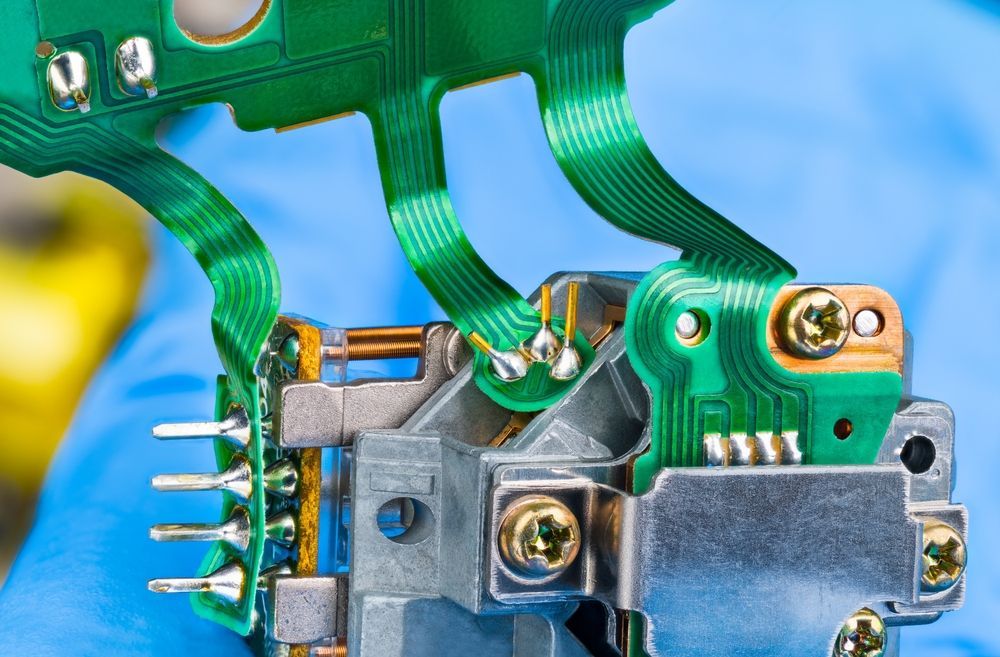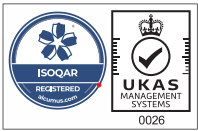PCBs in the Performance Automotive Industry:
The rise of electric vehicles in recent years has led to a growth in the printed circuit board (PCB) industry and automotive sector. Car buyers now look at the luxury features of a vehicle alongside the performance. Features including internal combustion within the engine are controlled by electric components. What most people might not know is that it is automotive PCBs that hold together the sensors and components which are required for the steady operation of automotive vehicles.
However, when it comes to implementing automotive PCBs into vehicles, reliability is predominant. Not only do they need to be able to withstand extreme temperatures but they also need to be able to handle vibrations and other environmental factors without any setbacks to minimise any harm to the vehicle's owner.
So what makes automotive PCBs so special? Let’s take a look in further detail.
Types of Automotive PCBs
LED PCBs:
Within a vehicle's indicators, brake lights and headlights, you will find LED PCBs. These PCBs are made from an aluminium substrate as they depend upon heat dispersion.
HDI PCBs:
Widely used in infotainment systems, these boards are composed of a higher wire density per unit area and a higher pad connection density.
Rigid PCBs:
Made from FR4, these boards are not made to be flexible and are usually allocated in display monitors and reverse cams on newer cars.
Flex PCBs:
Made from a flexible plastic substrate, these boards are made to move and are found on the bends and corners of a vehicle.
Rigid-Flex PCBs:
Found within lighting systems, these boards are a hybrid of rigid and flex PCBs.
Types of Structures for Automotive PCBs
Heavy Copper PCBs:
Typically preferred over a regular PCB, heavy copper PCBs can withstand high frequency, high current and high-temperature variations. Regular PCBs have a copper thickness of around 25µm to 50µm. While heavy copper PCBs are 150µm to 200µm in thickness. Therefore, making them perfect for safety and signalling systems.
Metal Core PCBs:
Consisting of an aluminium base, a metal core PCB has an aluminium alloy sheet on top of the entire board it is built on. The base layer mimics a heat sink, making them suitable for heat transfer applications. Metal core boards also improve electrical insulation. This is why they are used in antilock braking systems (ABS).
Ceramic Substrate Board:
Made from high-temperature aluminium nitride and cofired alumina. These types of PCB boards are used in engines since they can cope with high-temperature variations.
PTFE PCBs:
Polytetrafluoroethylene (PTFE) PCBs can withstand high frequencies and are found within radar technology and safety systems.
With electric auto-drive cars a possibility for future vehicles, automobiles are becoming more dependent on a reliable printed circuit board and safety features that alert driver attention.
How M-Tek Can Help
By choosing M-Tek for your automotive PCB assembly, you will also be doing your part to save the planet. We have achieved a net-zero carbon footprint from our use of electric vehicles, and for every circuit board we build, we plant a tree! Get in touch with one of our experts for help with your SMT and PCB assembly today. Call us on 01189 455377, or follow us on Twitter to stay up to date with our services.
